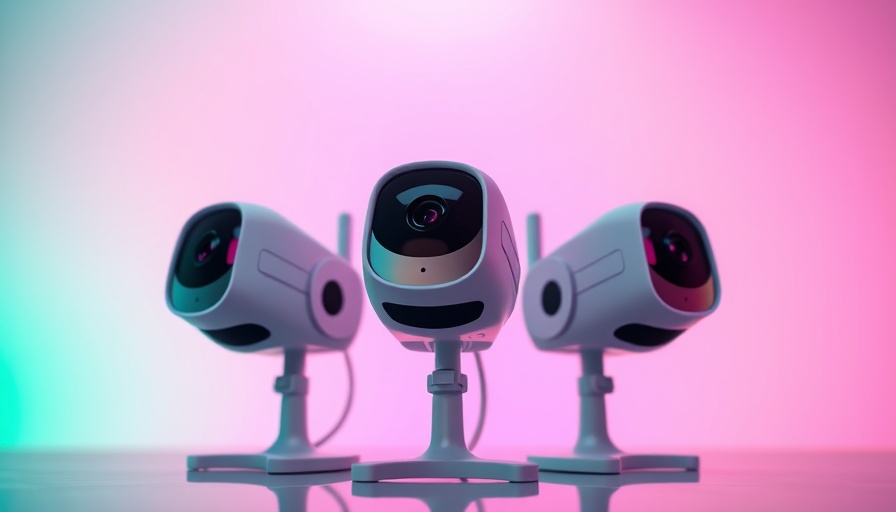
Understanding the Difference: Adjustable Mattress vs. Adjustable Frame
The world of sleep technology has advanced significantly, introducing innovations designed to enhance comfort and cater to individual preferences. However, the terms "adjustable mattress" and "adjustable frame" often create confusion among consumers. While they may seem interchangeable, understanding the distinct functionalities of each can greatly influence your sleep experience.
What is an Adjustable Mattress?
At its core, an adjustable mattress allows users to modify the firmness of their bed. Think of this as a mattress designed with internal air chambers that can be inflated or deflated to achieve your desired comfort level. Brands like Sleep Number have popularized this technology, offering models that can also be integrated with smart features, such as sleep tracking and temperature regulation.
For example, the Sleep Number Climate360 provides an exceptional range of options, including both firmness adjustments and temperature control, though this comes at a price point near $10,000. These high-tech features, backed by embedded sensors and applications, go beyond the traditional notion of mattresses, blending comfort with advanced technology.
The Versatility of Adjustable Frames
In contrast to adjustable mattresses, adjustable frames generally refer to the base upon which the mattress rests. These frames can move the head and foot of the mattress, allowing users to find their most comfortable sleeping position. They provide support without the complexity of differing firmness levels found in adjustable mattresses.
Adjustable frames work best with standard mattresses. Many brands today have models that can pair with adjustable bases, ensuring compatibility and maximizing the benefits of both product types. Such frames are typically more affordable, offering a practical range of motion without the technological bells and whistles that adjustable mattresses provide.
Exploring Key Features and Benefits
When deciding between an adjustable mattress and an adjustable frame, consider the key features that impact your sleep quality:
- Comfort Control: Adjustable mattresses allow you to tailor your sleep hardness, which is crucial for people with specific health conditions or sleep preferences.
- Positioning Flexibility: Adjustable frames enable users to elevate their legs or head, which can alleviate discomfort or improve breathing.
- Integration of Technology: More sophisticated adjustable mattresses often include app support for tracking sleep patterns, further enhancing your sleep experience.
The Psychological Impact of Sleep Technology
Investing in an adjustable mattress or frame can also affect your mental wellness. The comfort of a customized sleep environment can lead to better rest, which enhances daily productivity and mood. A study from the National Sleep Foundation found a clear correlation between good sleep quality and improved mental performance, emphasizing the value of investing in sleep technology.
Debunking Common Myths
Despite their rising popularity, misconceptions about adjustable mattresses and frames persist. One prevalent myth is that all adjustable mattresses are air beds. While many utilize air chamber technology, others offer memory foam options that incorporate adjustable features. Misunderstandings like these can lead to unintended purchases if consumers aren’t outfitted with the right information.
Conclusion: Making Informed Choices
Ultimately, the decision to buy an adjustable mattress or frame comes down to understanding your personal preferences, sleep needs, and budget considerations. By navigating your options and knowing the differences, you can ensure that your choice enhances your sleep quality. If you’re looking for a profound upgrade to your sleep setup, understanding these differences can lead to informed purchasing decisions.
As the realm of sleep technology continually evolves, staying informed on these products can significantly impact not only how you sleep but also your overall well-being.
 Add Row
Add Row  Add
Add 




Write A Comment